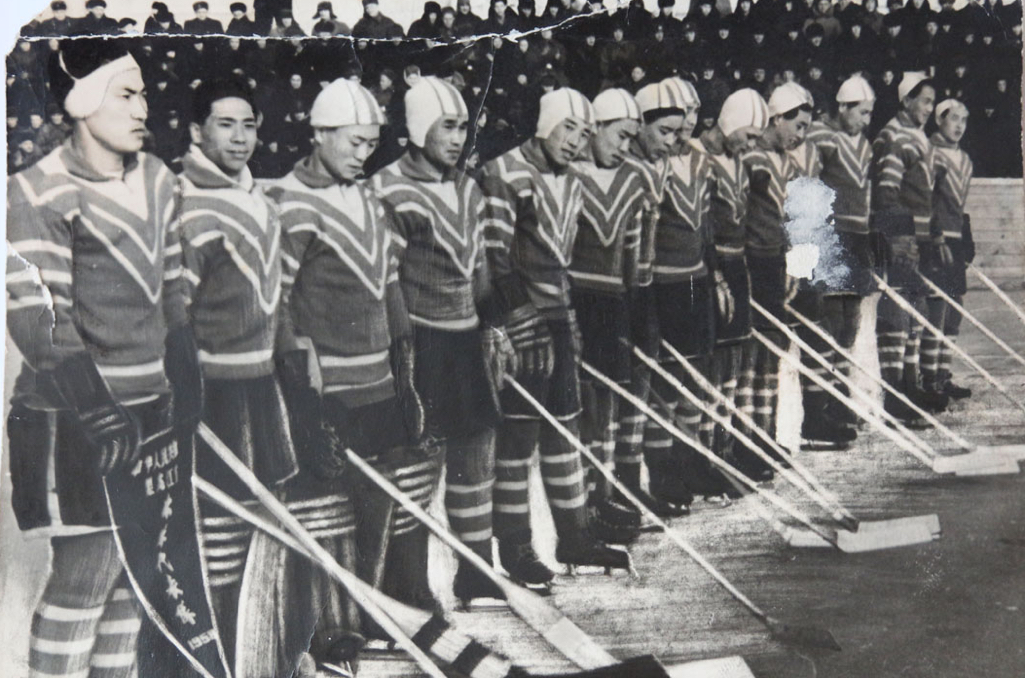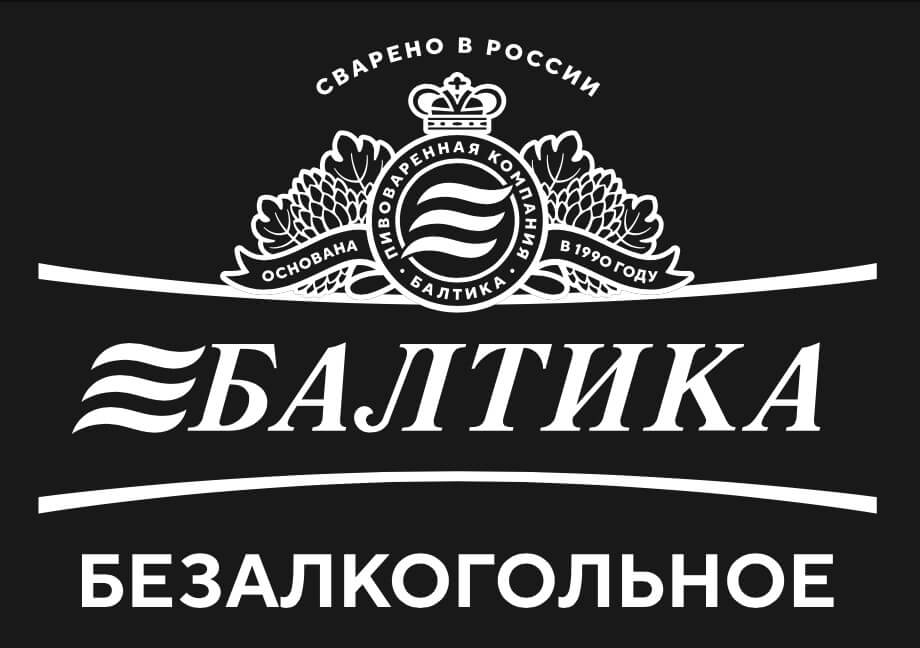Half a century before Kunlun
14 July 2022
Memories of China’s first hockey encounter with Russia
Over the weekend, as part of its ongoing series of articles about the history of ice hockey, KHL.ru published a feature on the early days of the game in China. Here’s a summary of Anton Oseyev’s text about the first steps along the road that eventually led to the creation of Kunlun Red Star.
Kunlun joined the KHL in 2016, but our first acquaintance with Chinese hockey dates back to 1958.
Oddly enough, Chinese hockey is not that much younger than the Russian game. The country got its first league in 1953. The Heilongjiang province was the epicenter of the game, with the city of Harbin at its heart. Harbin was established in the late 19th century by Russian settlers and, after the 1917 revolution, became a center for Russian migrants heading to the Far East. However, it would be a stretch to claim that explains its future role in China’s hockey history. The prosaic reality is that it’s all down to the weather: Heilongjiang is China’s northernmost province, separated from Russia by the Amur river (Heilongjiang – Black Dragon River – is the Chinese name for that mighty waterway). Those long, cold winters meant there was plenty of opportunity to skate on frozen rivers and lakes every year.
North of the river, in the Soviet Union’s Khabarovsk Territory, hockey began to emerge in the mid-50s. Prior to that, the local passion was for bandy, the 11-a-side game of stick and ball played on a soccer-sized ice rink. The first team of puck-chasers in the region, Zalp, was established with the encouragement of Marshall Rodion Malinovsky to represent the Far East Military District in the Soviet Armed Forces Championship. After Khabarovsk, hockey spread to other cities in the Far East, but most teams played at a low level. Only Blagoveshchensk and Komsomolsk-on-Amur had teams competing in the regional levels of the Soviet championship. Overall, the local game was not all that different from the hockey played across the river in China.

In Feb. 1958, a Chinese delegation crossed the Amur to play an exhibition game in Komsomolsk. At that time, the Soviet city was closed to the rest of the world due its strategic military factories. Major public events – especially international ones – were few and far between, so the lure of a visiting Chinese sports team attracted thousands of fans to the Stroitel stadium to witness a 2-2 tie. The event was big enough to attract the interest of the nationwide ‘Sovietsky Sport’ newspaper, which ran two short articles on March 1 and March 6.
After Komsomolsk, the Chinese party headed to Blagoveshchensk. Here, again in front of large crowds, they played three more games. The first was another tie – 5-5 this time – before the home team won the next two 4-3 and 3-1. The write-up in Sovietsky Sport tells us that Harbin’s captain was Li Man-Di. Li told the paper’s correspondent: “We’re really happy with the results, even though our team lost. This trip wasn’t about winning games, the most important thing is that we learned a lot from our Soviet fellow-athletes.” The same report also suggested that Li and his team-mates could show a thing or two to their Russian opponents, noting the fightback from 1-4 to force that 5-5 tie against “an experienced team, the best in the Far East”.
A few photos of that game survive. It’s striking how the Chinese uniforms closely resemble the USSR jerseys of the time. It’s not clear whether these were a gift from their hosts, or whether the Chinese took their design from their northern neighbor.
In Russia’s Far East, hockey outstripped the popularity of bandy. Today, we’re used to seeing Amur in the KHL and back in 2013 the Tigers were joined by Admiral Vladivostok. The region has given us three Olympic Champions from different eras – Gennady Tsygankov, Alexander Mogilny and, most recently, Artyom Zub.
Meanwhile, Heilongjiang remains a key part of Chinese hockey. It’s no accident that KRS’s first team in the MHL was based in Harbin and named after its home province. Its inaugural line-up in 2017/18 included Ouban Yongli (Paris O’Brien), Yan Ruinan, Zhang Pengfei, Rudi Ying and Guo Jianing, all of whom were part of China’s Olympic roster earlier this year. In the women’s game, too, Harbin and its surroundings remain a key production line of hockey talent. The Dragons’ roster in Beijing back in February included several players from Heilongjiang Province, including goalie Wang Yuqing, defenders Liu Zhixin, Zhao Qinan and captain Yu Baiwei, plus forwards Fang Xin and Zhu Rui.















Leave a Reply